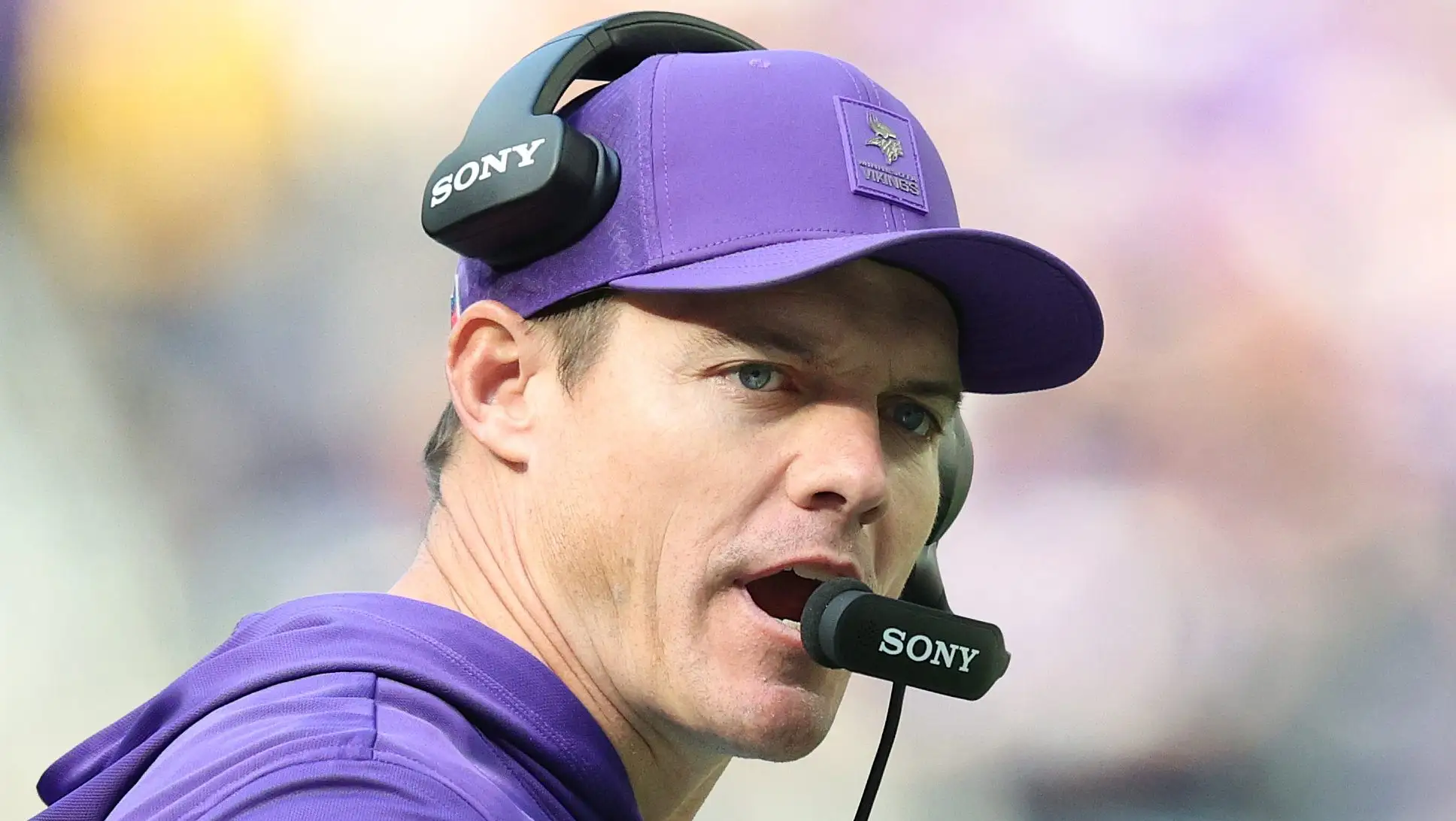Copyright The New York Times

Since the days of President Franklin Roosevelt, Democrats have been known as the party of the poor and the working class, while Republicans tended to represent big business and the country-club set. But in 2016, this organizing principle of American politics started to break down. Federal demographic and campaign-finance data from the past two decades reveal that the class alignment of the two parties has flipped: Americans who live in wealthier parts of the country and earn above-average incomes now mostly vote for Democrats, while Americans who make less money and live in poorer areas now mostly vote for Republicans. Now, it is the Republican Party that represents the middle-class and poor regions of the country that were once the Democratic base. In 2010, Democrats represented 81 of the poorest 25 percent of districts, and Republicans just 30. Last year, Republicans held 65 of those districts, compared with 46 for Democrats. If Democrats don’t reverse course, they may soon find themselves unable to win presidential elections. Increasingly, the party is made up of urban professionals who graduated from four-year universities and command relatively high salaries. Having more of these supporters has been a boon to the party’s finances, but electorally, the shift has been a disaster. The electoral power of high-income voters is limited: Not only are they a smaller demographic, but they are also concentrated in a handful of coastal states that do not decide presidential elections. By contrast, the lower-income voters lost by Democrats are dispersed across the battleground states that increasingly determine the Electoral College outcome. Under this system, no candidate can win the presidency today without galvanizing the working class. For most of the past century, that was the Democratic Party’s political playbook. So what changed? From the 1930s to the mid-1990s, Democrats mainly held power in Washington by helping the little guy, including by creating Social Security and other safety-net programs, raising the minimum wage and promoting organized labor (sometimes even with support from Republicans). Central to the party’s working-class support was its hostility to free trade policies. By opposing agreements with China, Japan, and Mexico until the 1990s, Democrats showed American workers that they were willing to fight for American jobs. But in the early 1980s, an obscure California congressman, Tony Coelho, took over the fund-raising operations for House Democrats and urged them to make friends with corporate lobbyists. Within a few years, Democrats were drawing as much money from corporate PACs as Republicans. Not surprisingly, Democrats began to embrace policies championed by industry, including free trade agreements that benefited corporations over the workers who made up the party’s base. In the 1990s, President Bill Clinton bucked the party’s allegiance to labor when he signed the North American Free Trade Agreement into law and expanded trade with China, Vietnam and others. When Barack Obama ran in the Democratic presidential primaries against Hillary Clinton in 2008, he declared that some of Mr. Clinton’s trade deals had “put special interests over workers’ interests.” But in office, Mr. Obama and his administration pushed to expand trade with the Trans-Pacific Partnership over the opposition of labor leaders, declined to pursue an antitrust case against Google Inc. and enacted health care and financial-services laws that the business lobby largely accepted or actively supported. By this point, Democrats had already made inroads with higher-income voters, while lower-income ones had started to gravitate toward Republicans. By 2016, the Democratic Party had become sufficiently disconnected from its blue-collar foundations to create an opening for Donald Trump to swoop in and steal the party’s 100-year-old playbook, riding to victory with greater-than-expected support from working-class Americans. Last November, Mr. Trump increased his margins with working-class white, Black and Latino voters, while wealthy and corporate America flocked largely to Ms. Harris. To have any chance of winning back the presidency, the Democratic Party needs to reclaim the banner of the little guy from the Republican Party. Whatever the path forward, a necessary step is for congressional Democrats to stop aligning themselves with the country’s economic elite. A prime example: In the 2020 election, Joe Biden and just about every other Democrat running for president campaigned on repealing Mr. Trump’s 2017 tax cuts for corporations and wealthy Americans. After Mr. Biden won and Democrats took control of Congress, party leaders didn’t hold a single vote to do so. Though Mr. Biden governed as the most pro-labor Democrat in a generation, a small group of pro-business Democrats in Congress stymied much of his agenda. The same rift within the party was on display this summer when, during the congressional skirmish over Mr. Trump’s domestic policy legislation, some Democrats from wealthy parts of New York and California worked with Republicans to lift the so-called SALT cap, which limits the amount of state and local taxes that wealthy people can deduct from their federal returns. The higher cap will primarily benefit six-figure households in places like New York and California, while doing nothing for working-class voters whom Democrats need to win key battleground states. Right now, Democrats don’t have the power in Congress to deliver the kind of transformative economic policies that might help to reverse this class realignment. But they do appear to be confronting the urgency of regaining standing with their legacy constituency. In explaining the government shutdown, Senate Democrats have cited a near-doubling of Obamacare insurance premiums next year and cuts to Medicaid and other health programs under Mr. Trump’s domestic policy law. Mr. Trump and Republicans have tried to redefine that law as a boon to blue-collar Americans by, for example, reducing taxes on tips and overtime. But Democrats have the better argument: The signature policy achievement of Mr. Trump’s second presidency benefits big business and the rich while cutting health care coverage, food aid and student loan programs for the poor.



